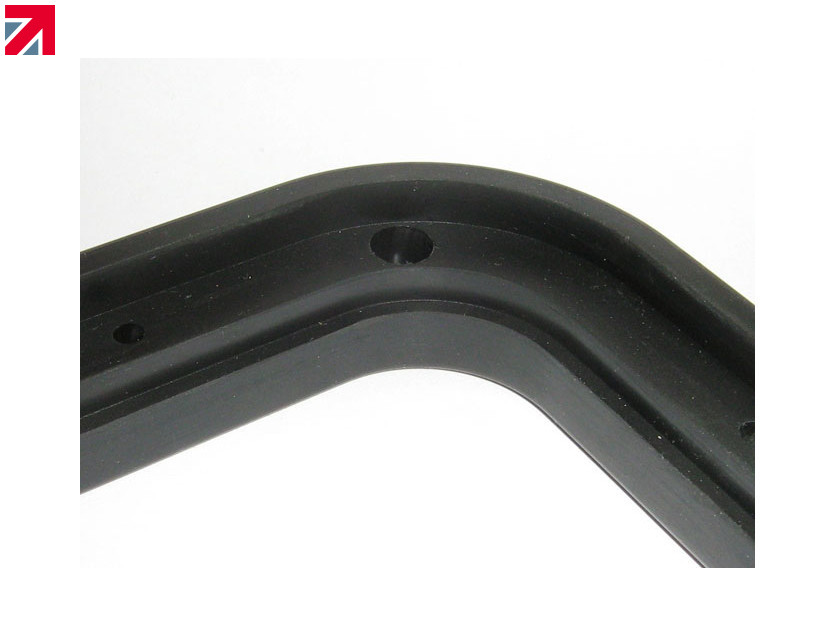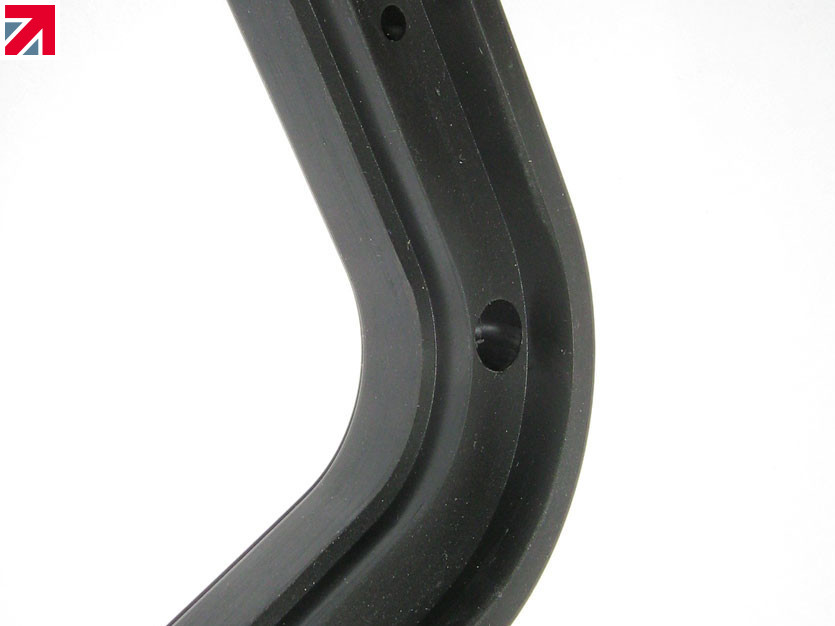Compression Moulding
Compression Moulding is a great process that is commonly used for thermoset materials, such as silicone and a variety of rubbers.
Compression moulding in silicone
Plunkett Associates use compression moulding in the forming of thermoset materials. These are typically elastomeric and embrace the full range from silicones to EPDM’s Vitons and others.
The process works by shaping a thermo-setting compound in a tool using heat and pressure. The rubber material can be injected into the cavity, transferred from a separate chamber (transfer moulding) or placed inside as a pre-formed slug.
As the tool is closed, the material takes heat from the tool and disburses throughout the cavity taking up the shape of the final part. After a pre-determined time the material will cure. The pressure is released as the tool is opened and the part is removed for post curing and finishing.
It is worth noting that the cycle times can be considerably longer than for injection moulding, which is why many production tools are multi cavity. During development tooling is usually single cavity to minimise tooling cost, the quantities being low enough that the extended production time is not a financial issue.
Compression mould tooling is relatively simple
Although tools are necessary they are of a simpler construction to those used in other moulding processes such as injection moulding or die casting.
They can be manufactured from readily available aluminiums and steels in a few days (depending on complexity), and parts moulded soon after. Part size can range from a few millimetres to almost 500mm.
Large range of materials available
Plunkett Associates are aware that one of the primary benefits of compression moulding is the large range of flexible materials that can be moulded; these include Neoprene, Nitrile, EPDM, Fluroelastomers and Silicone rubbers as well as loaded ESD and conductive materials.
As the parts are formed and not built, part integrity is good and flexibility in all degrees of freedom is consistent. It is possible to mould parts throughout the majority of the IRHD or Shore A range of hardness, and in a range of clear and opaque colours.
Tool modifications are possible
As with any hard tooling, once a tool exists and the part is validated, a quantity can be moulded in a short space of time with little further investment.
This allows the follow on from development into production with minimal delay and crucially, confidence that the parts will perform as expected.
Iterative modifications can always be made to the part design without scrapping the tool and starting again.
However, if in doubt, contact us! We will be happy to advise.
Find out more about Plunkett Associates on their member profile page here
Member-created content 3 years ago | From members



